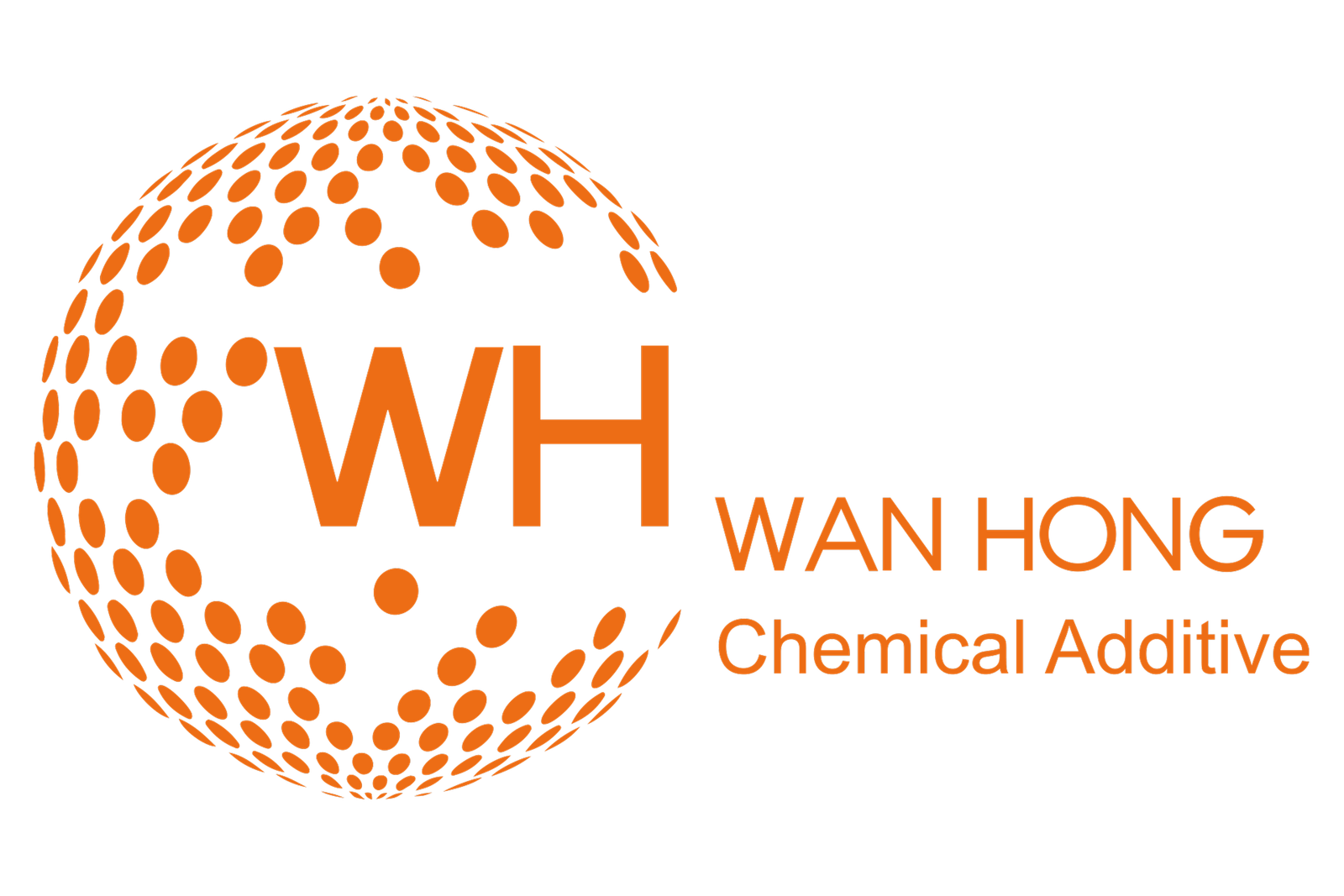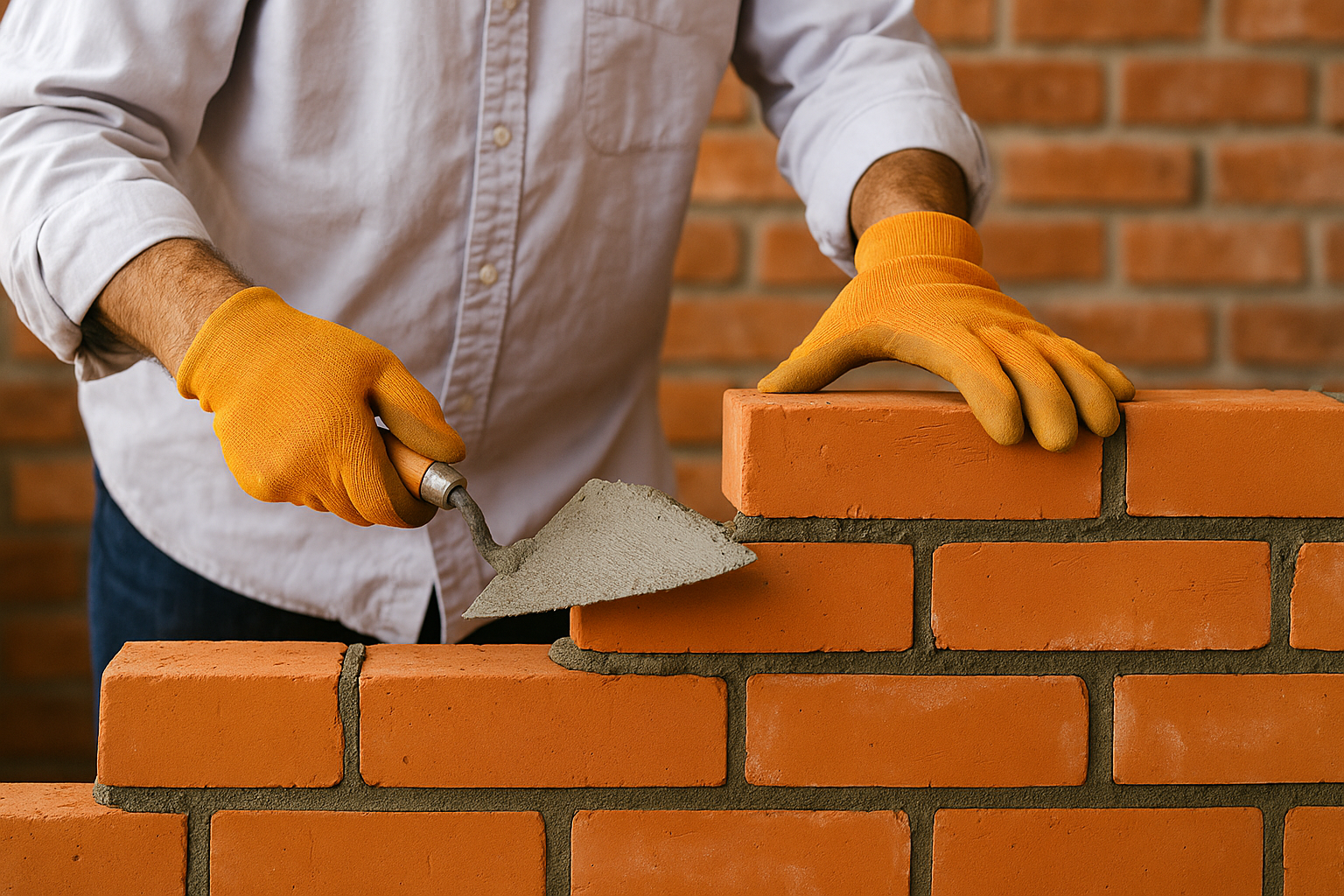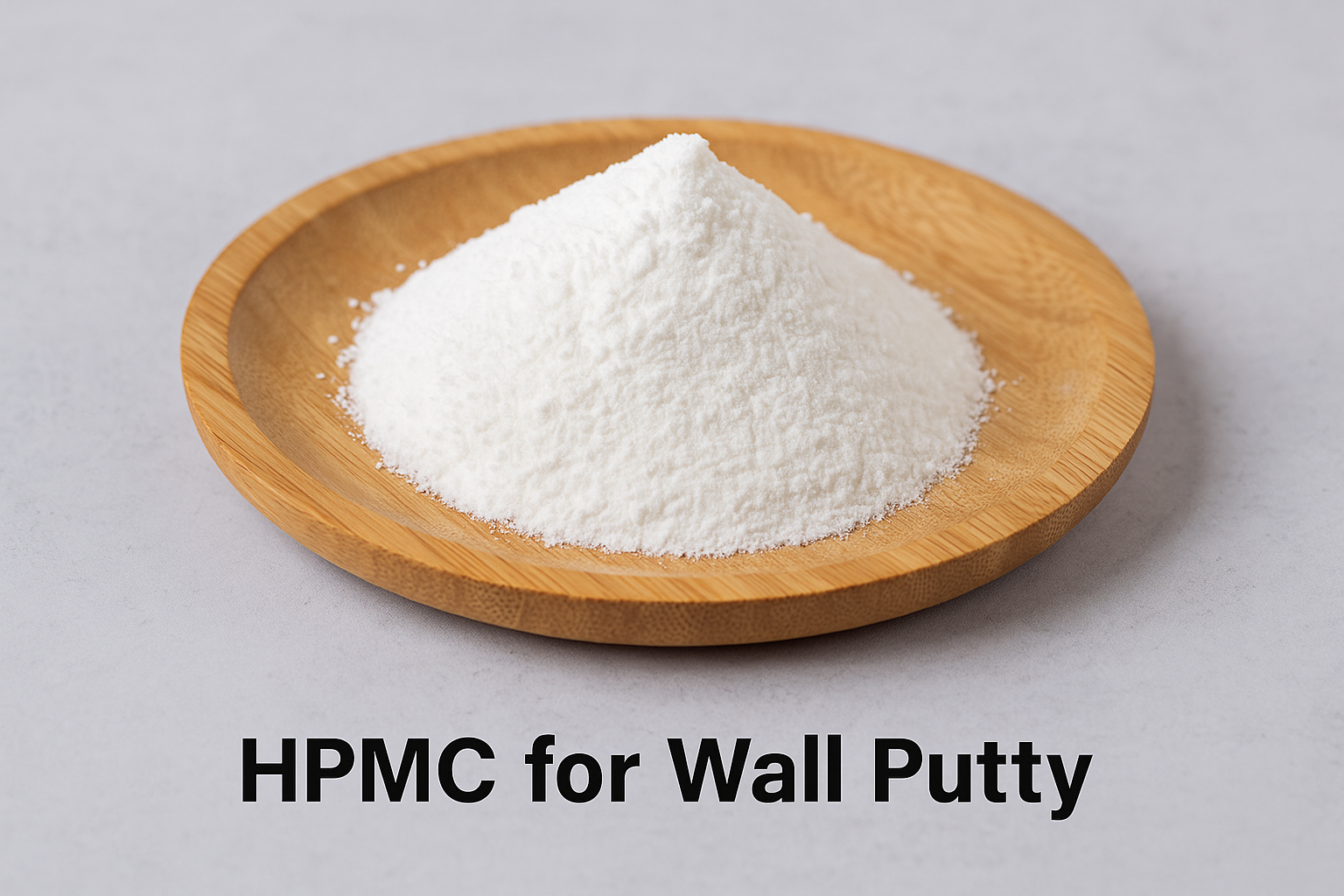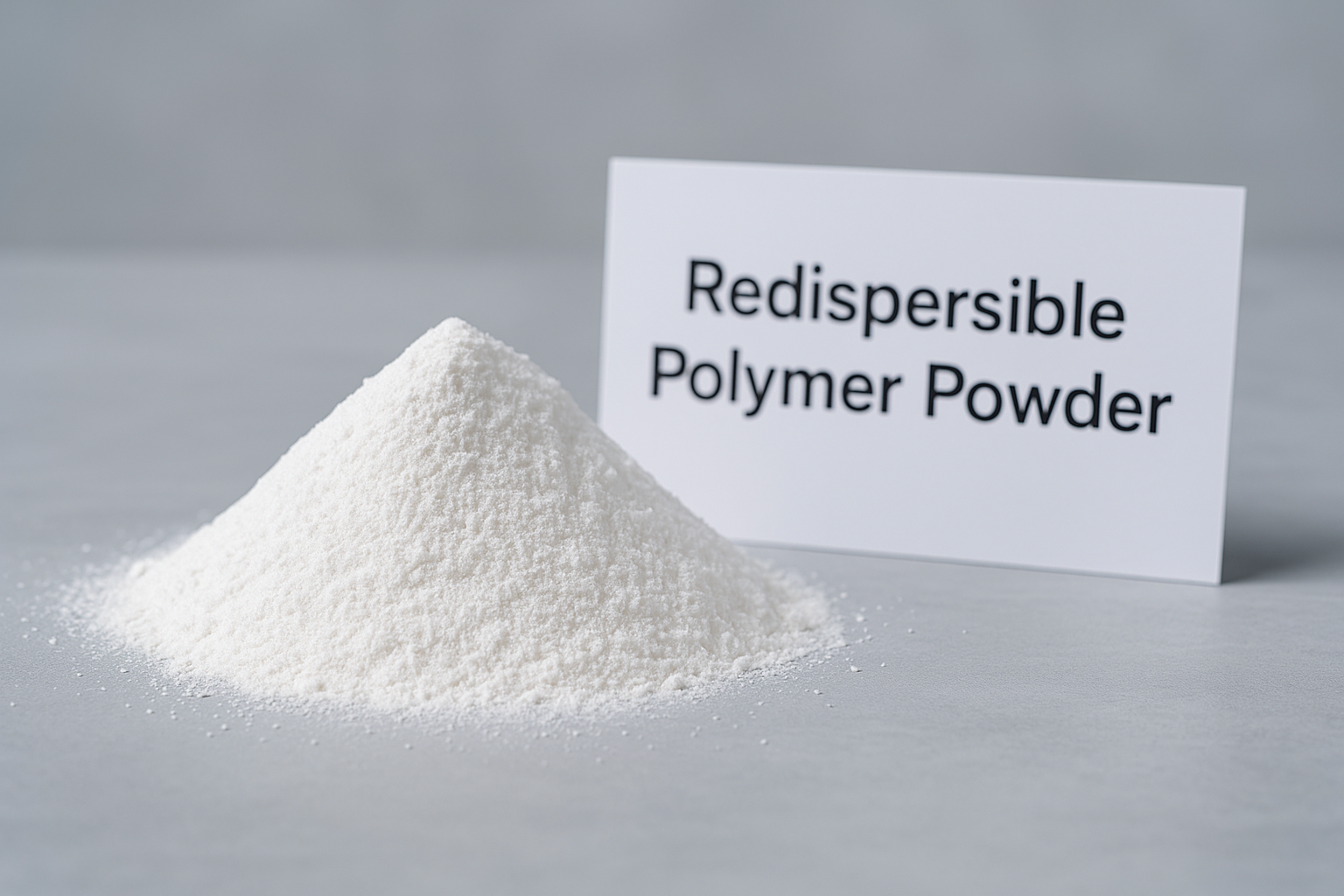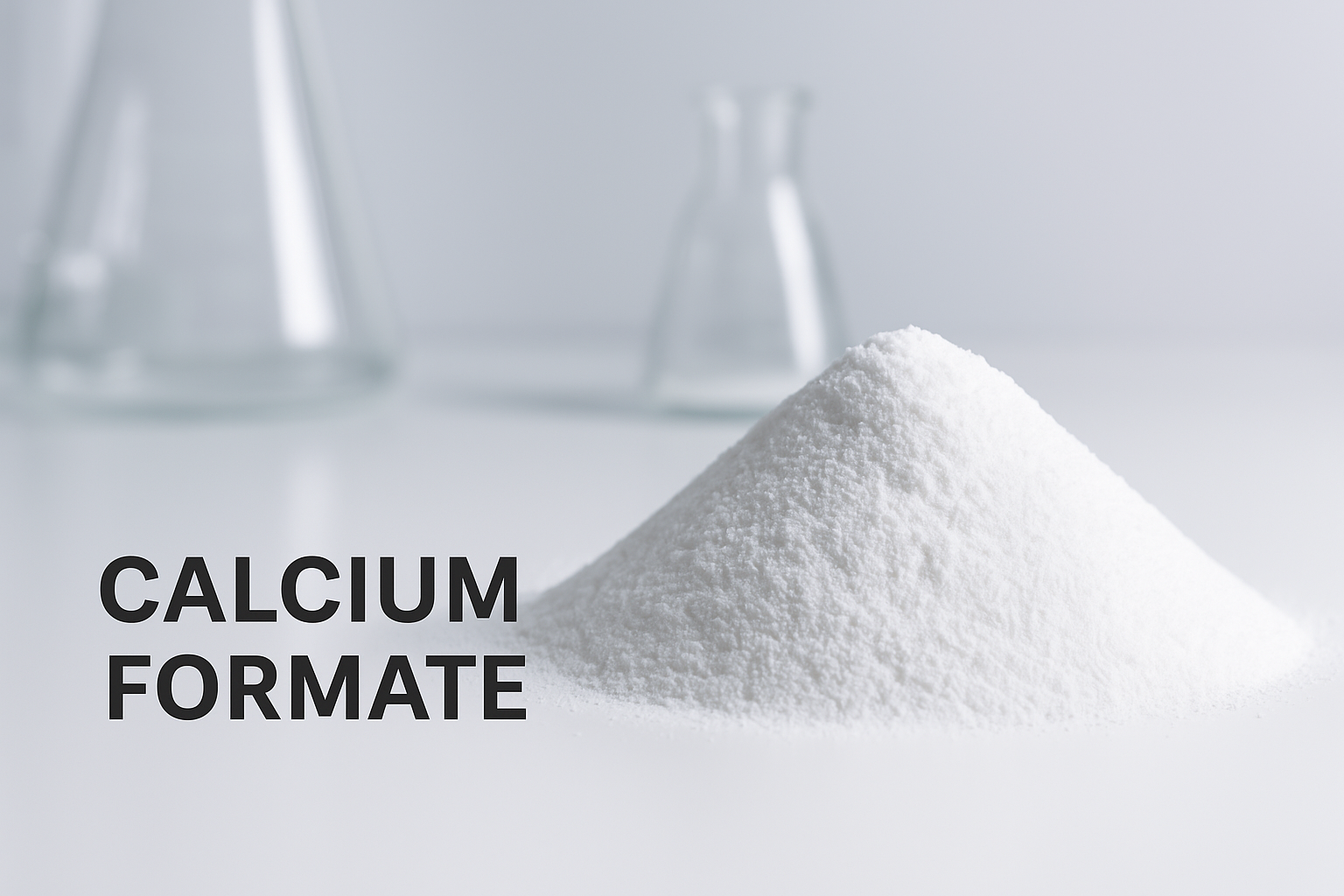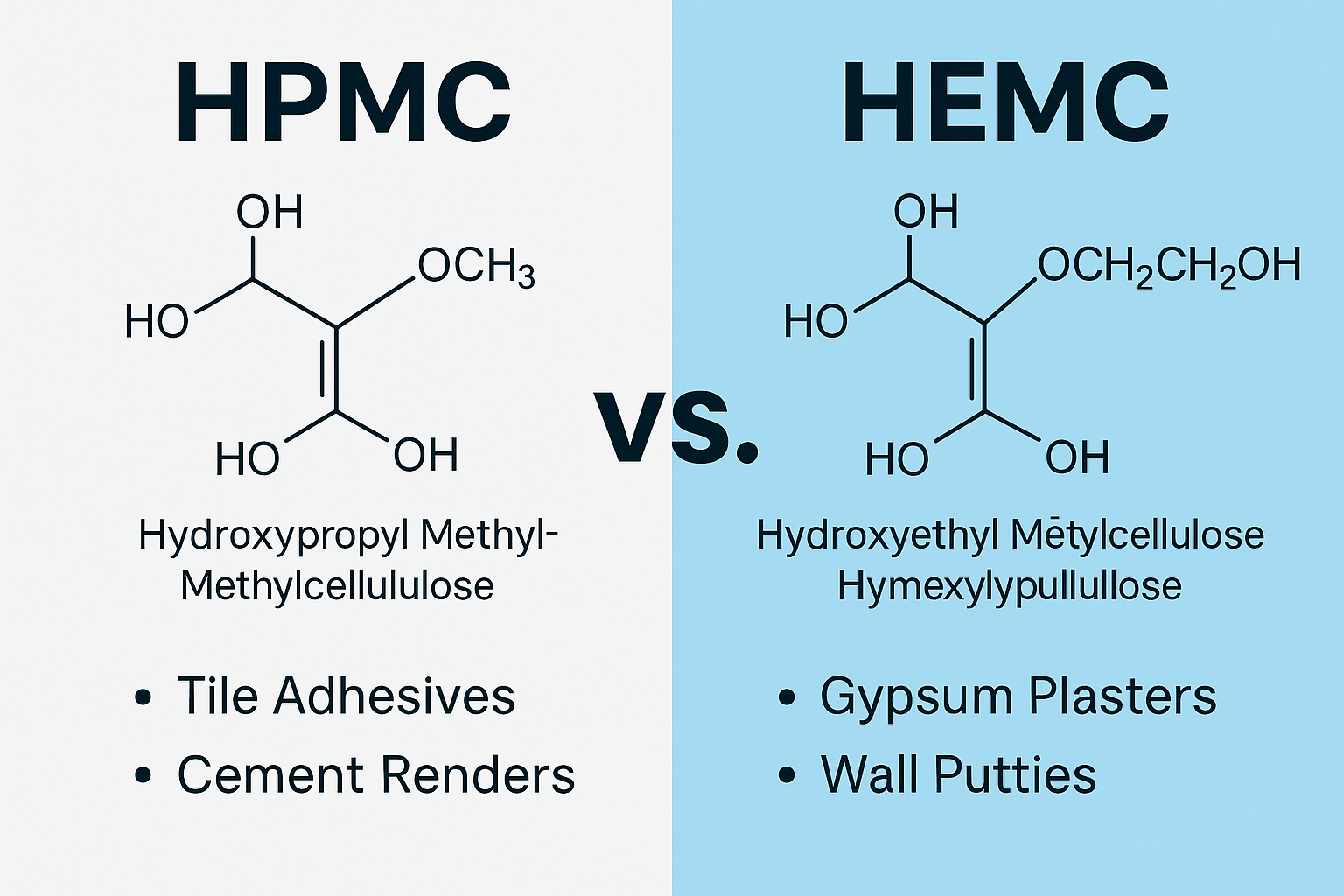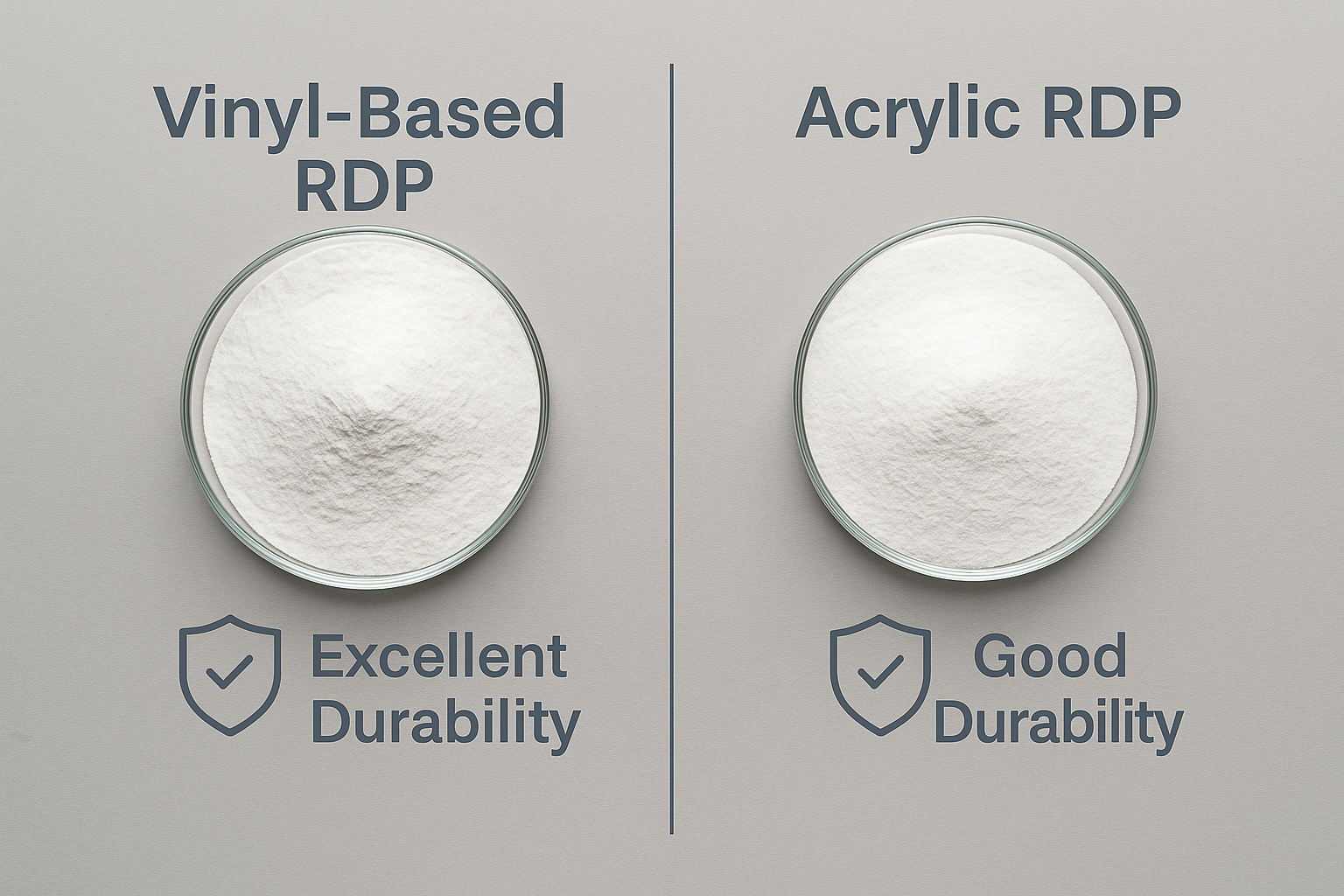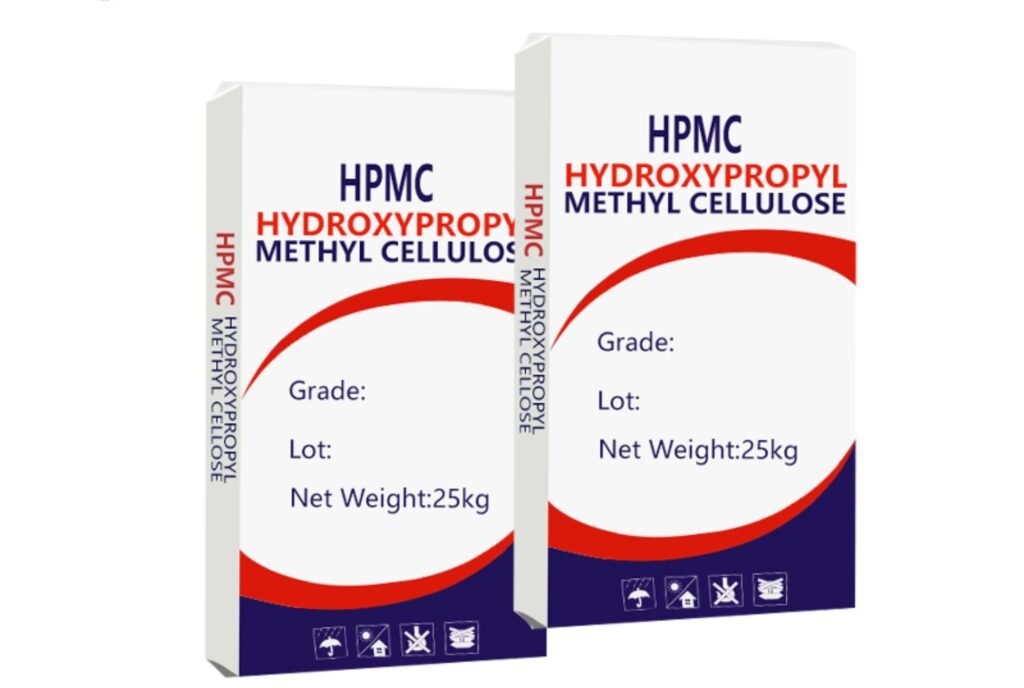Waiting for concrete to cure properly can be frustrating when you're eager to complete your project. Without proper curing, your concrete may crack, weaken, or fail completely, wasting your time and money.
Concrete typically takes 28 days to fully cure to its maximum strength, though it reaches about 70% of its strength within the first week. You can walk on concrete after 24-48 hours, drive on it after 7 days, and place heavy equipment on it after 28 days.
Let me explain the concrete curing process in more detail. I've worked with countless concrete projects and have learned that understanding curing times is essential for ensuring durability and strength. The curing time depends on several factors including concrete thickness, application type, environmental conditions, and concrete mix composition.
What Are The Different Concrete Curing Stages?
Many of my customers get confused about setting versus curing. Concrete that appears dry and hard isn't necessarily fully cured, leading to potential strength issues down the road.
Concrete curing1 involves four main stages: initial setting (2-4 hours), early hardening (24-48 hours), continued strengthening (7 days to reach 70% strength), and full curing (28 days to reach 100% design strength).
During my years working with concrete additives, I've observed that these stages overlap but follow a predictable pattern. Understanding each stage helps you make smart decisions about when to remove forms, apply loads, or move to the next construction phase.
Initial Setting Stage (0-4 hours)
This is when the concrete transforms from a workable plastic state to a rigid mass. During this time, you can still finish the surface using trowels and other tools. The cement reacts with water in a process called hydration, which generates heat. This stage is very sensitive to temperature - in hot weather, it might take just 1-2 hours, while in cold weather it could extend to 4-6 hours.
Early Hardening (4-48 hours)
At this point, the concrete has hardened enough that you can't work it anymore, but it's still gaining strength rapidly. You might be able to walk on it carefully after 24-48 hours, but it's still vulnerable to damage. During this stage, moisture retention is critical - if the surface dries too quickly, you'll get shrinkage cracks.
Strength Development (3-7 days)
By day 7, properly cured concrete typically reaches about 70% of its design strength. This is often strong enough for light use, like walking on a slab or removing some formwork, but not for full structural loads.
Full Curing (7-28 days)
The concrete continues to strengthen more slowly until it reaches its specified design strength, usually at 28 days. However, concrete actually continues to gain strength for years, albeit at a much slower rate.
How Does Concrete Curing Time Vary For Different Thicknesses?
I once had a customer who poured a thick concrete foundation and removed the forms too early, resulting in a costly collapse. The concrete simply hadn't cured enough to support its own weight.
Thinner concrete (2-4 inches) can be walked on after 24-48 hours and reaches functional strength faster than thicker pours. Medium slabs (4-6 inches) need about 3 days before foot traffic. Thick concrete (8+ inches) may require 5-7 days before any load is applied.

The thickness of concrete directly affects curing time because of how the hydration process works. In my experience working with various construction projects, I've noticed that thicker concrete sections cure from the outside in. The center of a thick pour often takes significantly longer to fully cure than the outer portions.
Thin Concrete Applications (2-4 inches)
For thin applications like sidewalks or decorative overlays, the concrete typically dries faster because water can evaporate more easily. However, this creates a risk of drying too quickly, which can lead to surface cracks. I always recommend more careful moisture retention for thin pours, especially in hot or windy conditions.
| Thickness | Walk On | Light Load | Full Strength |
|---|---|---|---|
| 2-4 inches | 24-48 hours | 3-5 days | 28 days |
Medium Concrete Pours (4-6 inches)
Standard residential slabs, driveways, and patios typically fall into this category. These medium-thickness pours strike a balance between curing speed and strength development. Water retention in the middle of the slab helps maintain the hydration process, while the outer portions may dry more quickly.
| Thickness | Walk On | Light Load | Full Strength |
|---|---|---|---|
| 4-6 inches | 2-3 days | 5-7 days | 28 days |
Thick Concrete Applications (8+ inches)
Foundations, heavy-duty commercial slabs, and structural elements require substantial thickness. These thick pours generate significant internal heat during curing, which can actually accelerate the internal curing process. However, too much heat can cause thermal cracking, so proper curing compounds or techniques are essential.
| Thickness | Walk On | Light Load | Full Strength |
|---|---|---|---|
| 8+ inches | 3-5 days | 7-14 days | 28+ days |
What Is The Concrete Curing Time For Different Applications?
I spoke with a home builder last month who was rushing to install carpet over a newly poured concrete slab. I had to explain that installing floor coverings too early can trap moisture and cause serious problems.
Concrete driveways need 7 days before light vehicle traffic and 28 days for full use. Concrete slabs should cure 3-7 days before framing begins and 28+ days before flooring installation. Concrete footings require 3-7 days before building on them.

Through my work supplying concrete additives to construction companies, I've learned that different applications have specific requirements that affect curing times1. The intended use of the concrete structure determines how strong it needs to be before putting it into service. Let me break down some common applications and their curing timelines.
Concrete Driveways and Parking Areas
Driveways face a unique challenge because they must withstand heavy, concentrated loads from vehicles. In my professional experience, a properly cured driveway makes a huge difference in longevity. The curing time differs depending on the expected traffic:
| Application | Light Use | Full Use | Special Considerations |
|---|---|---|---|
| Residential Driveway | 7 days | 28 days | Seal after full cure for protection |
| Commercial Parking | 7-14 days | 28+ days | Often requires higher PSI concrete |
| Heavy Equipment Areas | 14+ days | 28+ days | May need fiber reinforcement |
Interior Concrete Slabs
For interior slabs that will receive flooring, moisture content2 becomes the critical factor. I regularly advise contractors to test the concrete's moisture level before installing flooring, regardless of the concrete's age. Even fully cured concrete can have too much moisture for certain floor coverings.
| Application | Continue Construction | Install Flooring | Moisture Considerations |
|---|---|---|---|
| Residential Slab | 3-7 days | 28+ days | Vapor barrier essential |
| Commercial Floor | 7+ days | 28+ days | Often requires moisture testing |
| Industrial Floor | 7-14 days | 28+ days | May need special curing compounds |
Structural Concrete Elements
For structural components like footings, foundations, and walls, the stakes are extremely high. These elements support the entire structure, so proper curing is non-negotiable. Based on my industry experience:
| Application | Remove Forms | Continue Building | Backfill |
|---|---|---|---|
| Footings | It's 24-48 hours | 3-7 days | Not applicable |
| Foundation Walls | 24-72 hours | 7+ days | 7-14 days |
| Structural Columns | 24-72 hours | 7-14 days | Not applicable |
How Do Environmental Conditions Affect Concrete Curing Time?
During a summer project in Saudi Arabia, I saw concrete that dried too quickly in the extreme heat, resulting in a weak, cracked surface. The contractor hadn't adjusted his methods for the hot climate.
Temperature dramatically affects curing time—concrete cures optimally at 50-85°F. In hot weather (85°F+), concrete sets faster but may develop strength problems. In cold weather (below 50°F), curing slows significantly and may stop entirely below 40°F.

Throughout my career working with concrete additives, I've observed how environmental factors can make or break a concrete project. The surrounding conditions have a profound impact on how quickly and effectively concrete cures. Let me share what I've learned about these critical factors.
Temperature Effects
Temperature is perhaps the most influential environmental factor. The chemical reactions that strengthen concrete (hydration) are temperature-dependent:
| Temperature Range | Curing Speed | Strength Development | Special Considerations |
|---|---|---|---|
| Below 40°F (4°C) | Very slow to halted | Potentially compromised | May need heating blankets |
| 40-50°F (4-10°C) | Slow | Delayed but eventually good | Insulation recommended |
| 50-85°F (10-29°C) | Optimal | Ideal strength development | Standard curing methods work well |
| 85-95°F (29-35°C) | Accelerated | May have reduced ultimate strength | Extra water curing needed |
| Above 95°F (35°C) | Very fast | Often compromised strength | Special cooling measures required |
Humidity Considerations
Humidity works hand-in-hand with temperature to influence concrete curing. In my experience supplying curing compounds to different regions, I've noticed dramatic differences in performance based on local humidity:
| Humidity Level | Effect on Curing | Risk Factors | Recommended Adjustments |
|---|---|---|---|
| Very Low (<30%) | Rapid surface drying | Surface cracking, dusting | Fog misting, curing compounds |
| Moderate (30-50%) | Moderately fast drying | Some moisture loss issues | Standard curing methods |
| High (50-80%) | Good moisture retention | Few drying issues | Normal curing practices |
| Very High (>80%) | Slow surface drying | Delayed finishing, extended cure time | Adjust mix for local conditions |
Wind Exposure
Wind can dramatically accelerate surface drying, creating a substantial difference between the moisture content at the surface and within the concrete. This differential drying is a major cause of cracking. I always advise extra precautions for windy conditions:
| Wind Condition | Effect on Concrete | Potential Problems | Protective Measures |
|---|---|---|---|
| Calm (<5 mph) | Minimal extra drying | Standard concerns | Normal curing methods |
| Light (5-10 mph) | Increased surface evaporation | Surface drying | Wind breaks, curing compounds |
| Moderate (10-20 mph) | Significant drying risk | Plastic shrinkage cracks | Immediate protection required |
| Strong (>20 mph) | Severe moisture loss | Major cracking risk | Postpone pour or use enclosures |
How Does Curing Time Vary For Different Types of Concrete Products?
I once consulted for a company using fast-setting concrete in precast panels. They were dismantling forms too early, resulting in damaged corners and edges. Once they adjusted their timing, their reject rate dropped by 85%.
Standard Portland cement concrete reaches 70% strength in 7 days and full strength in 28 days. Rapid-setting concrete can reach 70% strength in just 24 hours. High-performance concrete may take longer initially but achieves greater ultimate strength.

In my work with concrete additives, I've seen firsthand how different concrete formulations affect curing times. The basic ingredients remain similar—cement, aggregates, and water—but specialized additives and varying proportions create products with dramatically different curing properties.
Standard Portland Cement Concrete
This is the industry workhorse, and its curing timeline serves as the baseline for comparison. Most structural designs assume concrete will reach its specified strength at 28 days. In my experience, standard mixes follow this pattern:
| Curing Period | Approximate Strength | Practical Applications |
|---|---|---|
| 24 hours | 15-20% | Form removal for non-load bearing elements |
| 3 days | 30-40% | Light foot traffic, continued construction |
| 7 days | 65-75% | Light vehicle traffic, most formwork removal |
| 28 days | 95-100% | Full design load, flooring installation |
Rapid-Setting and High-Early-Strength Concrete
These specialized formulations use chemical accelerators, different cement types, or altered cement ratios to achieve faster strength development. I've supplied additives for these mixes to projects where time is critical, such as road repairs:
| Curing Period | Approximate Strength | Practical Applications |
|---|---|---|
| 6 hours | 25-35% | Emergency repairs, fast form removal |
| 24 hours | 60-70% | Traffic-ready surfaces, precast production |
| 3 days | 80-90% | Nearly full strength for most uses |
| 28 days | 100% | Similar or slightly higher than standard concrete |
High-Performance and Specialized Concrete
These advanced formulations may include supplementary cementitious materials like silica fume, fly ash, or slag cement. They often cure differently than standard concrete. From my observation of large infrastructure projects:
| Concrete Type | Early Strength | Long-term Strength | Special Considerations |
|---|---|---|---|
| Fly Ash Concrete | Slower initial cure | Higher ultimate strength | Extended curing recommended |
| Silica Fume Concrete | Moderate early strength | Very high ultimate strength | Requires careful moisture control |
| Polymer-Modified | Fast early hardening | Enhanced flexural properties | Often used for repairs and overlays |
| Self-Consolidating | Standard curing rate | High-quality finish | Special formwork considerations |
How to Maintain Concrete Curing?
client in a hot climate once ignored my advice about moisture retention and ended up with a driveway covered in fine surface cracks. The concrete had dried out too quickly in the heat, despite reaching its hardened state.
To maintain proper concrete curing, keep the surface continuously moist for the first 7 days using water curing methods, curing compounds3, or physical barriers. Avoid premature drying, especially in hot or windy conditions.

Throughout my career working with concrete additives, I've seen many projects succeed or fail based on their curing maintenance practices. Proper curing isn't just about waiting—it requires active maintenance to ensure the concrete develops its intended strength and durability. Here are the key approaches I recommend based on my experience.
Water Curing Methods
Water curing is the gold standard for concrete curing because it provides the moisture needed for complete cement hydration. In my experience, these methods produce the strongest concrete:
| Method | Application | Duration | Best For |
|---|---|---|---|
| Ponding | Create shallow "ponds" on horizontal surfaces | 7+ days | Flat slabs, large horizontal areas |
| Spraying/Fogging | Periodically spray water to maintain moisture | 7+ days | Vertical surfaces, large areas |
| Wet Coverings | Apply burlap, cotton mats, or similar materials and keep wet | 7+ days | Most surfaces, especially in hot weather |
The key with water curing is consistency—the concrete should never be allowed to dry out during the curing period. I typically recommend setting up automatic sprinklers or assigning specific personnel to maintain moisture levels, especially in hot or windy conditions.
Curing Compounds and Sealers
These liquid products form a membrane on the concrete surface to retain moisture. They're particularly useful when water curing isn't practical:
| Type | How It Works | Application Timing | Removal Requirements |
|---|---|---|---|
| Resin-Based | Forms film to trap moisture | After final finishing, when bleed water disappears | Often wears away naturally |
| Wax- | |||
| Type | How It Works | Application Timing | Removal Requirements |
| ------ | -------------- | -------------------- | ----------------------- |
| Resin-Based | Forms film to trap moisture | After final finishing, when bleed water disappears | Often wears away naturally |
| Wax-Based | Creates water-resistant barrier | After final finishing | May need removal before applying coatings |
| Pigmented | Same as above, with visible coverage | After final finishing | Color fades over time |
| Acrylic | Forms film and can enhance appearance | After final finishing | Generally permanent |
I often recommend curing compounds for my clients with large projects where water curing would be impractical. The key is proper application—the entire surface must be evenly covered at the manufacturer's recommended coverage rate. Applied too thinly, these compounds won't work effectively.
Physical Barriers and Insulating Methods
These methods work by minimizing moisture loss and, in some cases, providing temperature control:
| Method | Benefits | Duration | Best Applications |
|---|---|---|---|
| Plastic Sheeting | Simple, effective moisture retention | 7+ days | Horizontal surfaces, simple shapes |
| Insulating Blankets | Moisture retention plus temperature control | 3-7 days | Cold weather concreting |
| Form Retention | Combines support with moisture retention | Variable | Vertical elements, complex shapes |
In my experience consulting on winter construction projects, insulating blankets have saved countless jobs from freezing damage. The combination of moisture retention4 and temperature control makes them invaluable in cold conditions.
Temperature Control
Temperature monitoring and control are essential parts of concrete curing maintenance, especially in extreme conditions:
| Condition | Control Method | Critical Period | Monitoring Approach |
|---|---|---|---|
| Hot Weather | Shading, cooling water, night pouring | First 24-72 hours | Surface temperature readings |
| Cold Weather | Heated enclosures, insulation | Until 500 psi strength | Embedded thermometers |
| Large Mass Concrete | Cooling pipes, staged pours | First week | Core and surface temperature differential |
I once worked on a massive foundation pour where the temperature differential between the core and surface exceeded specifications. We had to adjust our curing protocols mid-project, adding cooling pipes and extra insulation to prevent thermal cracking.
How Can Concrete Curing Additives Help?
During a winter project in northern China, I recommended a set-accelerating admixture that allowed the concrete to gain strength quickly enough to resist freezing damage, saving the project from costly delays.
Concrete curing additives like accelerators can reduce curing time by 30-50%, water-reducing agents can increase strength by 10-15%, and superplasticizers can maintain workability while reducing water content for faster curing and higher strength.
Through my years of manufacturing and supplying concrete additives, I've seen firsthand how these specialized chemical formulations can dramatically improve concrete curing. Additives can address specific challenges related to climate, project timelines, or performance requirements. Here's what I've learned about their capabilities.
Accelerating Admixtures
These additives speed up the hydration process, resulting in faster setting and strength development. They're particularly valuable in cold weather or when fast turnaround is needed:
| Type | Primary Effect | Typical Dosage | Best Application Scenarios |
|---|---|---|---|
| Calcium Chloride | Strong acceleration, low cost | 1-2% of cement weight | Non-reinforced concrete, cold weather |
| Non-Chloride Accelerators | Moderate acceleration, no corrosion risk | 1-3% of cement weight | Reinforced concrete, prestressed elements |
| Hardening Accelerators | Focus on strength gain vs. set time | Variable | When early strength is more important than fast set |
I typically recommend non-chloride accelerators for most projects despite their higher cost, as the chloride-based products can promote rebar corrosion. The extra cost is negligible compared to the potential long-term damage.
Water-Reducing Admixtures
These materials allow for reduced water content while maintaining workability, resulting in stronger concrete that cures more effectively:
| Category | Water Reduction | Strength Increase | Typical Applications |
|---|---|---|---|
| Regular Water Reducers | 5-10% | 10-15% | General concrete improvement |
| Mid-Range Water Reducers | 10-15% | 15-20% | Pumped concrete, moderate strength needs |
| High-Range (Superplasticizers) | 15-30% | 20-40% | High-strength concrete, self-consolidating mixes |
In my experience, even standard water reducers significantly improve both the short and long-term performance of concrete. For critical applications, superplasticizers can transform ordinary concrete into high-performance material with dramatically improved curing characteristics.
Specialty Curing-Enhancement Admixtures
There are several specialized admixtures specifically designed to improve the curing process:
| Type | Primary Benefit | How It Works | Best Applications |
|---|---|---|---|
| Internal Curing Agents | Provides water throughout the mix | Incorporates water-retaining particles | High-performance concrete, low w/c ratio mixes |
| Shrinkage Reducers | Minimizes cracking during curing | Reduces surface tension in pore water | Large slabs, exposed concrete, decorative work |
| Hydration Control Admixtures | Pauses then restarts hydration | Temporarily blocks cement reaction | Long hauls, extended placement times |
I've found internal curing agents particularly valuable for high-strength concrete. By providing water sources throughout the mix, they ensure complete hydration even when external curing is imperfect.
Supplementary Cementitious Materials
While not admixtures in the traditional sense, these materials alter the curing profile:
| Material | Early Strength Impact | Long-term Benefit | Curing Considerations |
|---|---|---|---|
| Fly Ash | Slows early strength | Increases ultimate strength | Requires extended curing time |
| Silica Fume | Minimal impact on early strength | Dramatically increases ultimate strength | Needs excellent moisture control |
| Ground Slag | Moderate slowing of early strength | Improved durability, strength | Benefits from extended curing |
I often recommend incorporating these materials for their long-term benefits, but I always emphasize the need to adjust curing protocols accordingly. The extended curing time pays off with superior concrete quality.
Conclusion
Concrete curing takes 28 days to reach full strength, though you can walk on it after 1-2 days and drive on it after a week. Proper curing techniques and additives can optimize this process for different applications and conditions.
-
Understanding concrete curing is essential for ensuring the longevity and strength of your concrete projects. Explore this resource to learn more. ↩ ↩
-
Moisture content is vital for successful flooring installation over concrete. Learn more about its impact on curing and flooring choices. ↩
-
Curing compounds can significantly improve concrete strength and durability. Discover their advantages and applications to optimize your projects. ↩
-
Understanding moisture retention techniques is crucial for achieving durable concrete. Explore this link to enhance your knowledge on effective methods. ↩
